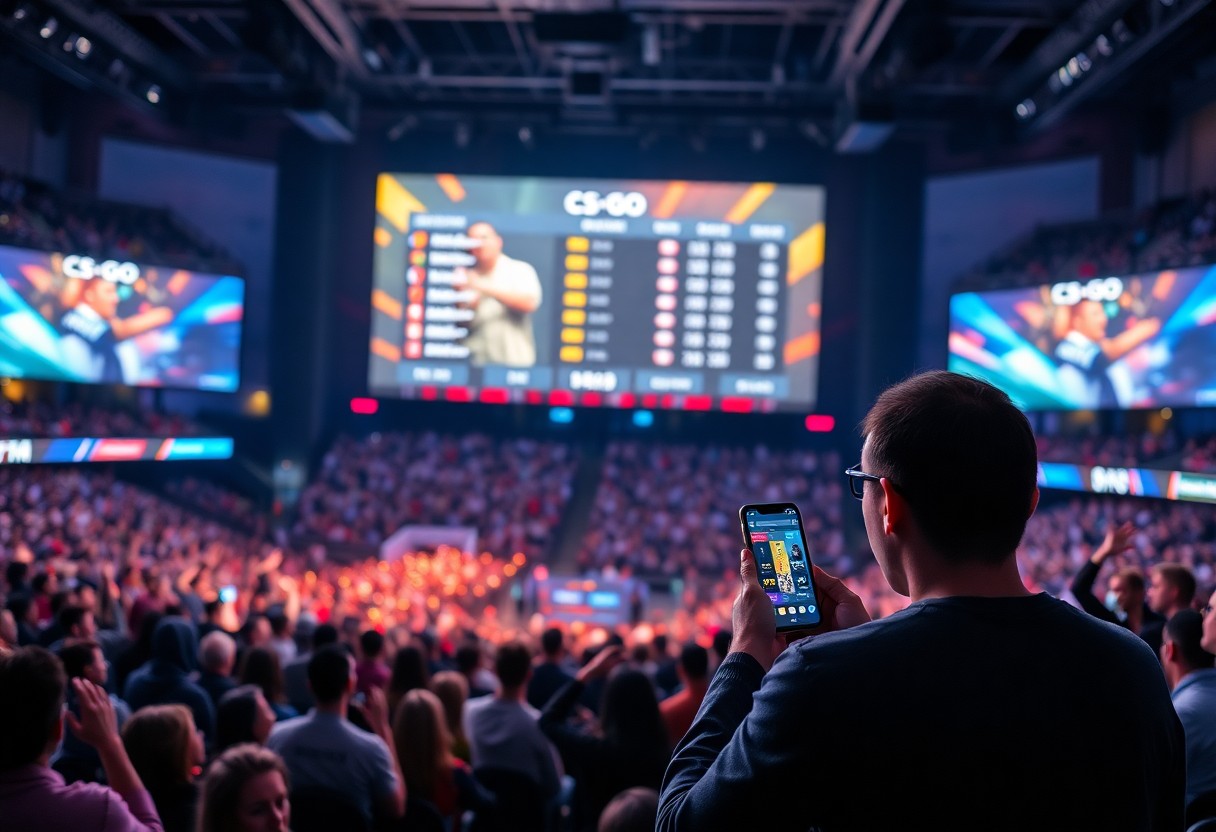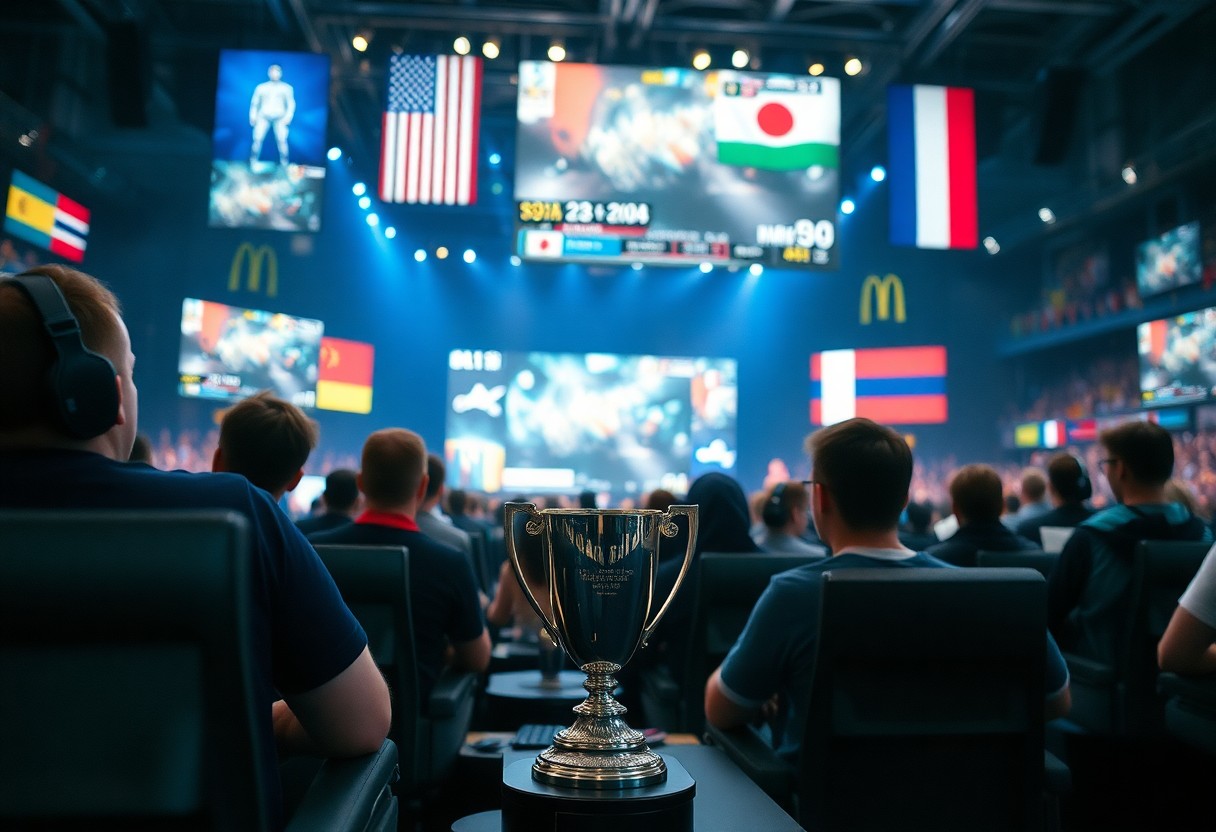Many fans of League of Legends eagerly await the Mid-Season Invitational (MSI) each year, as it represents a major event in the competitive esports calendar. This tournament showcases the best teams from various regional leagues and serves as a pivotal moment for evaluating the strengths and weaknesses of different regions. The outcome of MSI has far-reaching implications, influencing both the teams competing in the tournament and the leagues they represent.
At its core, MSI functions as a bridge between domestic leagues and international competition. Teams that perform well at MSI gain valuable experience against top-tier opponents, which can boost their confidence and tactical awareness when returning to their regional leagues. This exposure aids in their development, enhancing their communication and adaptability—key components in the ever-evolving landscape of League of Legends.
Moreover, the tournament offers valuable insights into the strengths of various regions’ play styles. Historically, regions such as China’s LPL and South Korea’s LCK have dominated international competitions, while regions like North America’s LCS and Europe’s LEC have faced challenges in projecting their prowess on the world stage. MSI often acts as a revealing moment, where the ability of these leagues to innovate their strategies can either affirm their status or expose underlying weaknesses. Observing how different teams tackle similar challenges and leverage their unique talents provides a wealth of information for analysts, coaches, and aspiring players.
The ramifications of MSI extend beyond just the teams themselves; they also affect the regional leagues’ ecosystems. High-profile performances can significantly boost a league’s credibility, attracting sponsorship opportunities, viewership, and potential talent. For instance, if a team from the LCS secured a top-four finish at MSI, it could lead to increased investment in the league, benefiting all teams within it. Conversely, underwhelming performances can hinder growth and discourage player retention and recruitment, as organizations may perceive diminished potential for success.
Another noteworthy aspect is the spotlight MSI places on emerging regions. In recent years, teams from the Pacific Championship Series (PCS) and the League of Legends Continental League (LCL) have begun to make waves, showcasing their capability on the international stage. When these teams defeat established powerhouses, it sends ripples throughout their local leagues, raising the bar for competition and prompting a renewed determination to improve and innovate among their peers.
Furthermore, MSI often shifts the priorities of all stakeholders involved, from sponsors to teams, and even fans. Success in the tournament can transform the trajectory of a league, influencing investment and attention devoted to nurturing grassroots talent. This focus on development can, in time, create a stronger overall competitive scene domestically, which feeds back into the cycle of improvement observed at MSI.
Conclusively, MSI’s impact on regional leagues is profound. It serves as a catalyst for growth, innovation, and further investment in each league while highlighting the unique characteristics of the different competitive landscapes. The insights gained and the experiences of participating teams can shape the future of League of Legends and its leagues, ensuring that the game’s competitive ecosystem thrives for years to come.






